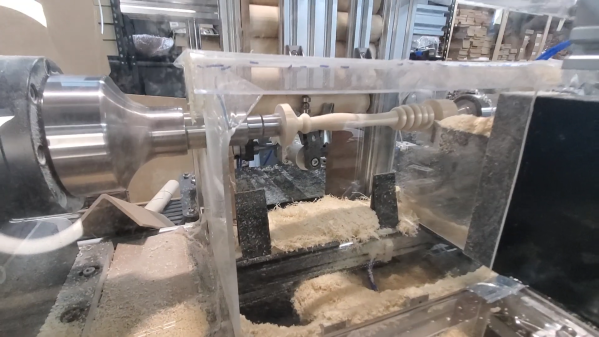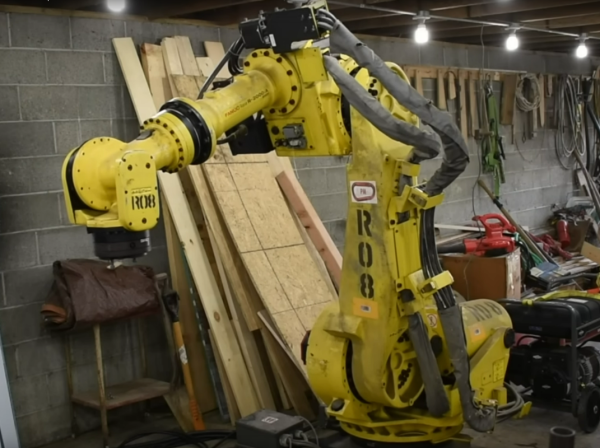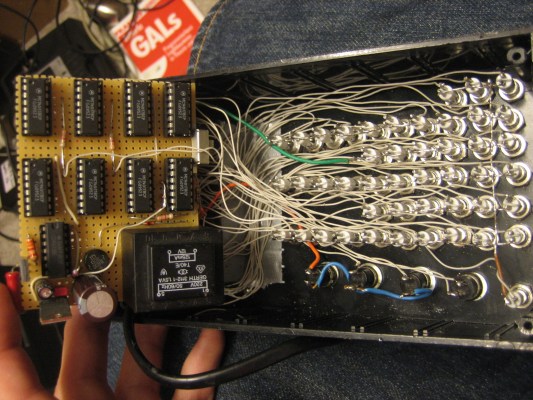If you’re running a big factory, you’ve probably got a massively expensive contract with a major programmable logic controller (PLC) manufacturer. One shudders to think about the cost of the service subscription on that one. If you’re working on a smaller scale, though, you might consider a DIY PLC like this one from [Mr Innovative.]
PLCs are rarely cutting-edge; instead, they’re about reliability and compliance with common industry standards. To that end, this design features the ATmega328P. Few other microcontrollers are as well understood or trusted as that one. The device is compatible with RS232 and RS485 and will run off 24 VDC, both of which you would find in a typical industrial environment. It offers 24 V digital inputs and outputs, as well as analog inputs and outputs from 0 to 10 V. [Mr Innovative] demonstrates it by hooking up a DWIN human-machine interface (HMI) for, well… human interaction, and a variable frequency drive to run a motor.
If you want to run a basic industrial-lite system but can’t afford the real industrial price tag, you might enjoy tinkering around at this level first. It could be a great way to get a simple project up and running without breaking the bank. Video after the break.




















